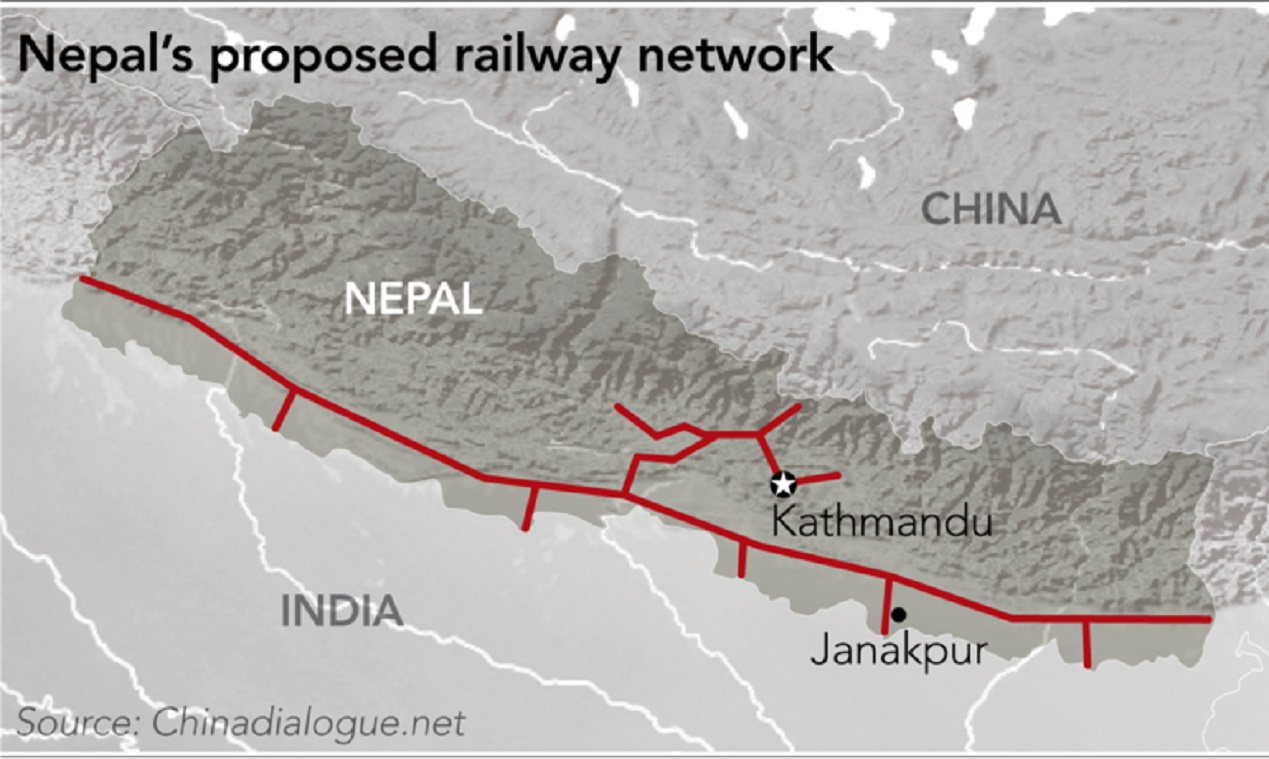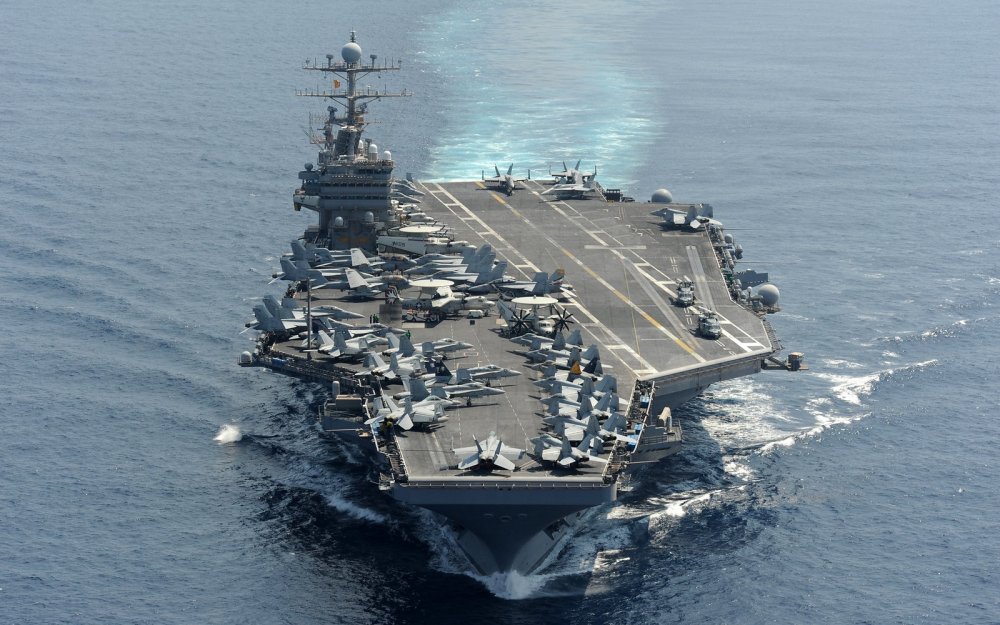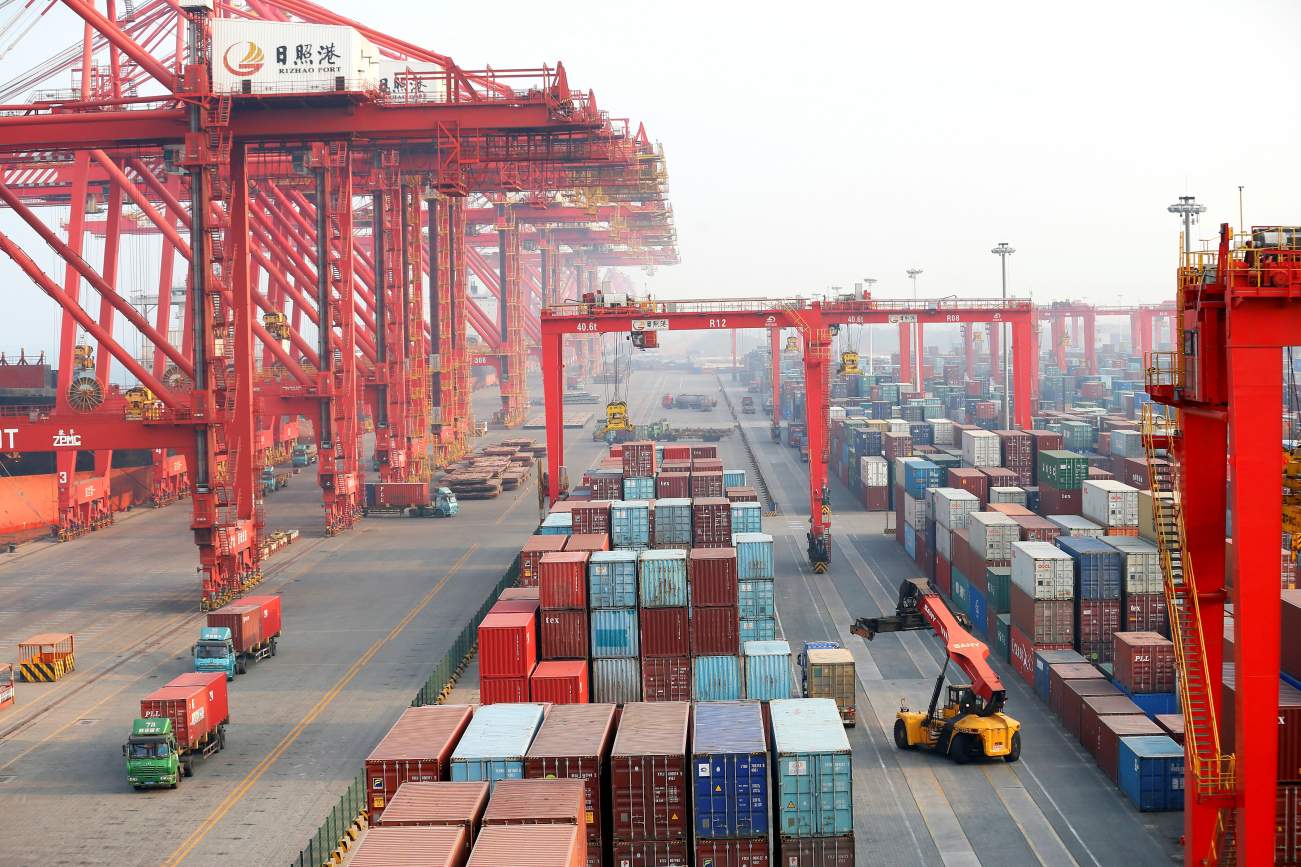Introduction
The Indian Ocean has gained geostrategic importance due to the volume of trade that passes through it. At the same time, China’s Belt and Road Initiative (BRI) is increasing Chinese influence in numerous countries in Asia and across the globe. Against this backdrop, this paper seeks to examine how the growing Chinese footprint in Sri Lanka and the Maldives can have implications for India’s national security and how the Chinese expansion is of strategic importance to New Delhi.
The world’s third-largest body of water, the Indian Ocean is an extremely important region for India due to its connectivity and the volume of trade and energy resources that pass through it daily. Not only is most of India’s trade transported by sea, but also forty per cent of the world’s oil supply and sixty-four per cent of global oil trade travel through the Indian Ocean[1]. It provides critical sea trade routes that connect the Middle East, Africa, and South Asia with the broader Asian continent to the east and Europe to the west[2]. The region, therefore, is of immense security and strategic significance to India. To further place India in the Indian Ocean Region (IOR), one analyst has stated that “India’s 7,500 km-long coastline is geographically contiguous with the Indian Ocean — the western side being flanked by the Arabian Sea and the eastern side by the Bay of Bengal. Indian islands on each side, Lakshadweep and the Andaman & Nicobar Islands respectively, host forward naval bases overlooking the vast spans of maritime waters. As a natural barrier, the Indian Ocean is central to India’s territorial defences, privileging it with a built-in strategic depth”[3].




















